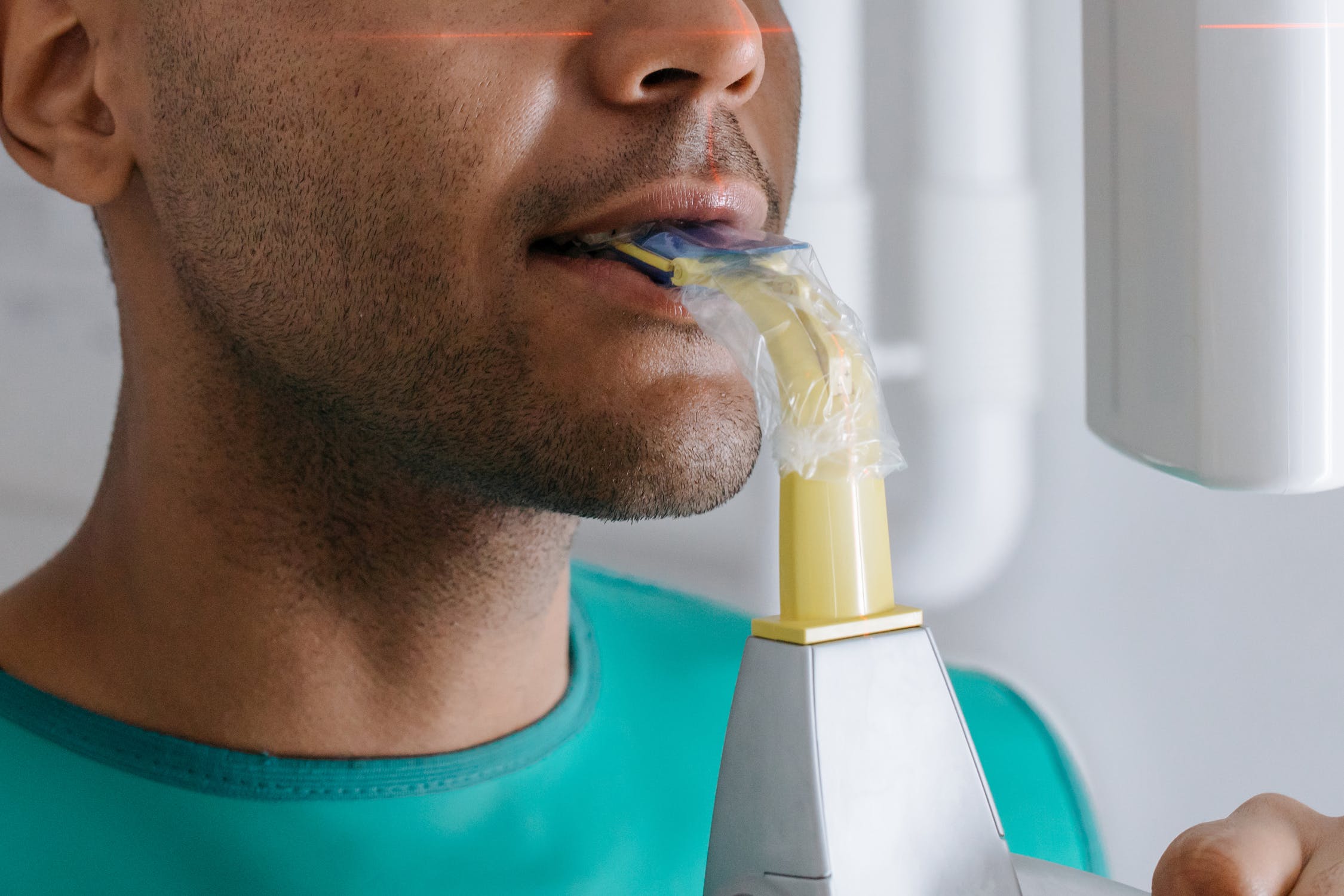Unfortunately, TMD is a health issue that you could be suffering from even if you do not know about it yet!
This is because the symptoms of TMD can be explained by several causes, which makes it difficult to pin them down to any one factor.
What is TMD?
TMD is properly known as temporomandibular disorder. It is characterized by a range of different oral health problems that relate to your jaw and the muscles in your face.
The condition is named for the temporomandibular joint, which connects the temporal bones to the jaw. The temporal bones are found on either side of the skull in front of the ears.
The temporomandibular joint is responsible for the movement of the jaw – obviously, an essential function for everyday necessities, such as eating and talking.
When this joint or the muscles that support its function start to have problems it is known as a temporomandibular disorder.
What Causes TMD?
The exact cause of this disorder is not completely known or understood. However, many dentists believe it stems from issues developing with parts of the joint, which then contribute to a bigger problem.
It is also understood that an injury to this part of the face could cause TMD, especially if quite a high impact blow to the head is experienced.
Dentists further suggest that people who grind their teeth and people who are already suffering from arthritis, may be more likely to develop TMD.
How to Spot the Symptoms
Some of the symptoms of TMD may not initially feel as though they are uncomfortable enough to seek medical intervention. If someone has been experiencing one or more of the symptoms for a while, then they have often become used to them or have become resigned to living with them, but treatment options are available!
Common symptoms include:
- Pain in the face, neck, and shoulders
- Difficulty opening the mouth wide
- Difficulty chewing food
- A clicking noise when opening the jaw
- A popping noise when opening the jaw
- Feeling as though the jaw is stuck in a certain position
- Feeling as though the teeth are misaligned
- Swelling of the face
- Headaches
- Toothaches
- Dizziness
If you have one or more of these symptoms, then it can be worth talking to your dentist to investigate the issue.
By asking questions about your health history and your current symptoms, alongside a physical examination, your dentist can determine if you are suffering with TMD. Further diagnostic tests, such as X-rays, may be required.
Treating TMD
Treatment options will vary depending on the specific symptoms of TMD that you are experiencing.
These treatment options include:
- Anti-inflammatory medications
- Undergoing dental work
- Wearing a mouthpiece during the day
- Wearing a mouthpiece during the night
- Avoiding sudden jaw movements
- Relieving pressure on the jaw
- Changing your diet
- Using heat packs
- Using cold packs
It is possible to cure the pain and discomfort caused by this condition and to eradicate TMD from your life. However, this can take time and it is important to follow the instructions of your dentist closely when you are going through this process.

